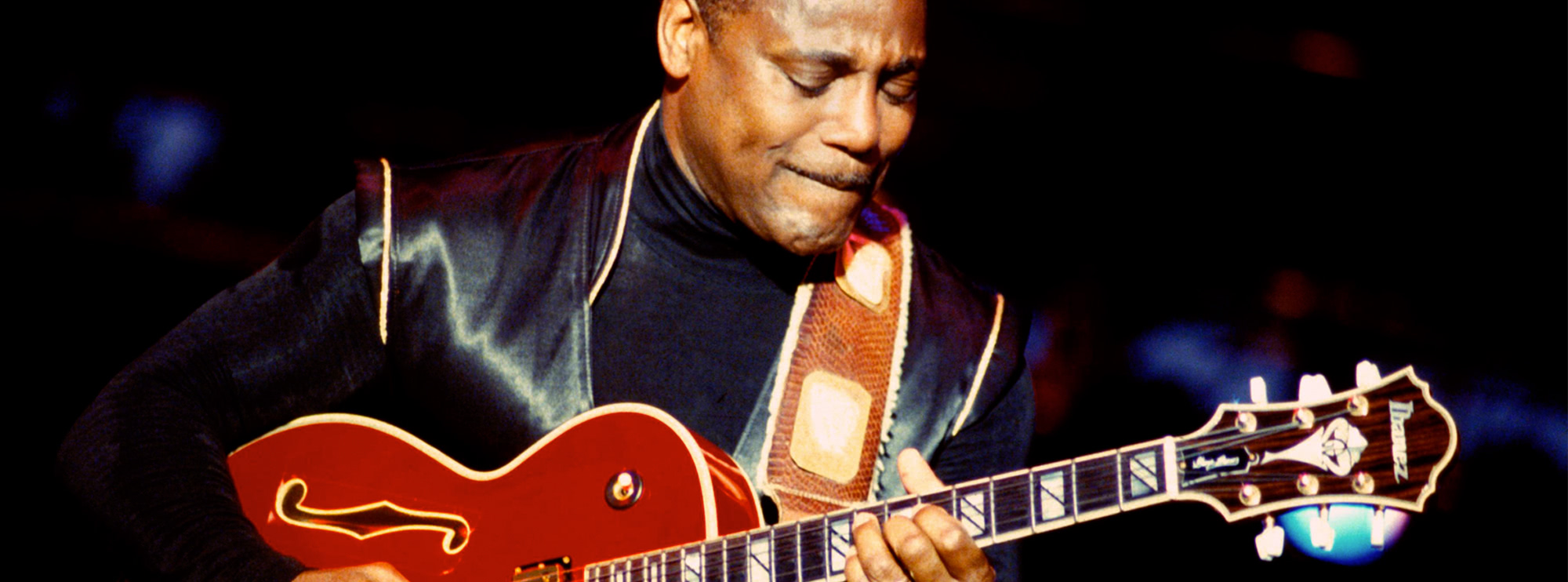Jazz Rhythm Guitar for Absolute Beginners
Welcome to "Jazz Rhythm Guitar for Absolute Beginners," presented by Licklibrary.com. This course is meticulously crafted by Tom Quayle for those embarking on their jazz guitar journey, focusing on the essential techniques and principles needed for mastering jazz rhythm guitar.
Techniques Covered in "Jazz Rhythm Guitar for Absolute Beginners"
Understanding Chord Construction
Chord construction is the bedrock of jazz guitar. This course segment explores the building blocks of chords, a vital aspect for grasping jazz harmony and improvisation.
Benefits
- Builds a strong foundation in musical theory.
- Enhances improvisational abilities through chord structure comprehension.
- Simplifies the process of learning new jazz tunes.
Exploring the Harmonized Major Scale
The harmonized major scale forms the backbone of jazz. In this lesson, you’ll learn to harmonize this scale with chords, an essential skill for jazz comping and improvisation.
Benefits
- Deepens understanding of chord-scale relationships.
- Enables creation of melodically rich jazz progressions.
- Crucial for grasping jazz harmony and theoretical concepts.
Mastery of 7th Chords
Seventh chords are a jazz staple. This module covers the diverse types of 7th chords, their voicings, and applications in jazz.
Benefits
- Expands your jazz-specific chord library.
- Aids in achieving the authentic jazz sound.
- Enhances variety in chord progression choices.
Navigating Major and Minor II-V-I’s
The II-V-I progression is jazz's most common sequence. Mastering both its major and minor forms is key for playing jazz standards effectively.
Benefits
- Improves skills in the most ubiquitous jazz progression.
- Equips for both composition and jazz improvisation.
- Essential for understanding many jazz standards’ structures.
Jazz Guitar Chord Progressions
This part of the course delves into chord progressions frequently used in jazz, enhancing your capability to play a broad spectrum of jazz standards and improvise over them.
Benefits
- Widens your range of playable jazz standards.
- Sharpens recognition and adaptation skills for common progressions.
- Elevates improvisational competence over various chord changes.
The Art of Swing Rhythms
Swing rhythm is essential to jazz’s character. This lesson is dedicated to mastering the swing feel, vital for authentic jazz expression.
Benefits
- Cultivates the essential jazz timing and feel.
- Improves rhythmic expression and versatility.
- Key for ensemble playing in jazz.
The Advantage of Backing Tracks in Practice
Using backing tracks in practice is crucial for developing timing, improvisational skills, and simulating band performance.
Benefits
- Mimics a live band experience.
- Sharpens timing and improvisational abilities.
- Builds confidence for ensemble playing.
Essential Guitar Techniques in Jazz Rhythm
Upon completing this course, you’ll have acquired skills in various guitar techniques essential to jazz. For comprehensive guides on these techniques, visit our extensive glossary at Licklibrary.com:
This course is your gateway to the world of jazz rhythm guitar. Armed with these techniques and knowledge, you are set to embark on a fulfilling jazz guitar journey. Join us at Licklibrary.com and start your exploration into the rich and complex world of jazz guitar today!

About The Tutor
Tutor Profile
Tom Quayle
Tom Quayle needs no introduction on the guitar scene after shooting to attention when he made it to the finals of Guitar Idol back in 2008. Before that he was a graduate of Leeds College of Music where he did a degree in jazz then hit the local jazz scene....



